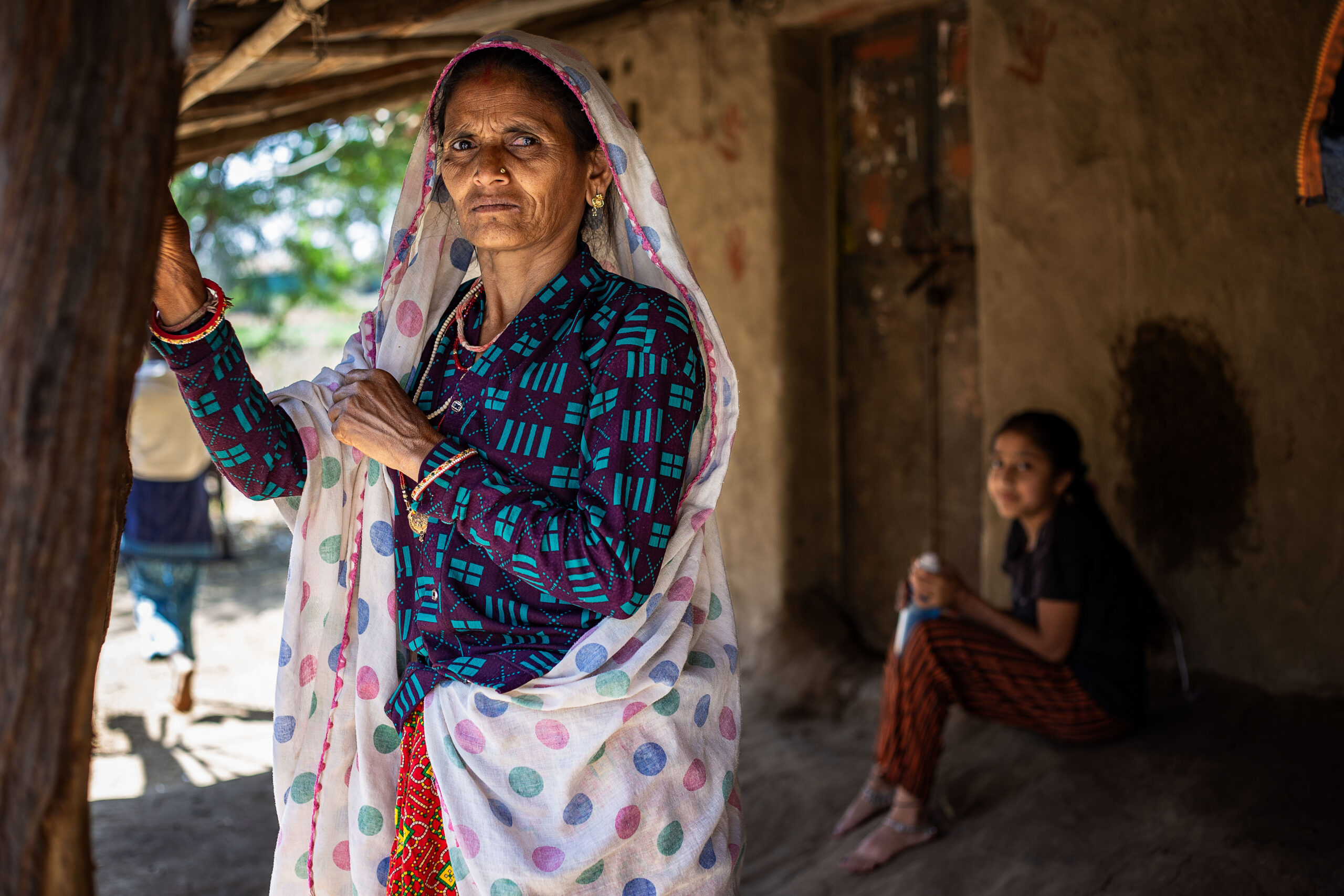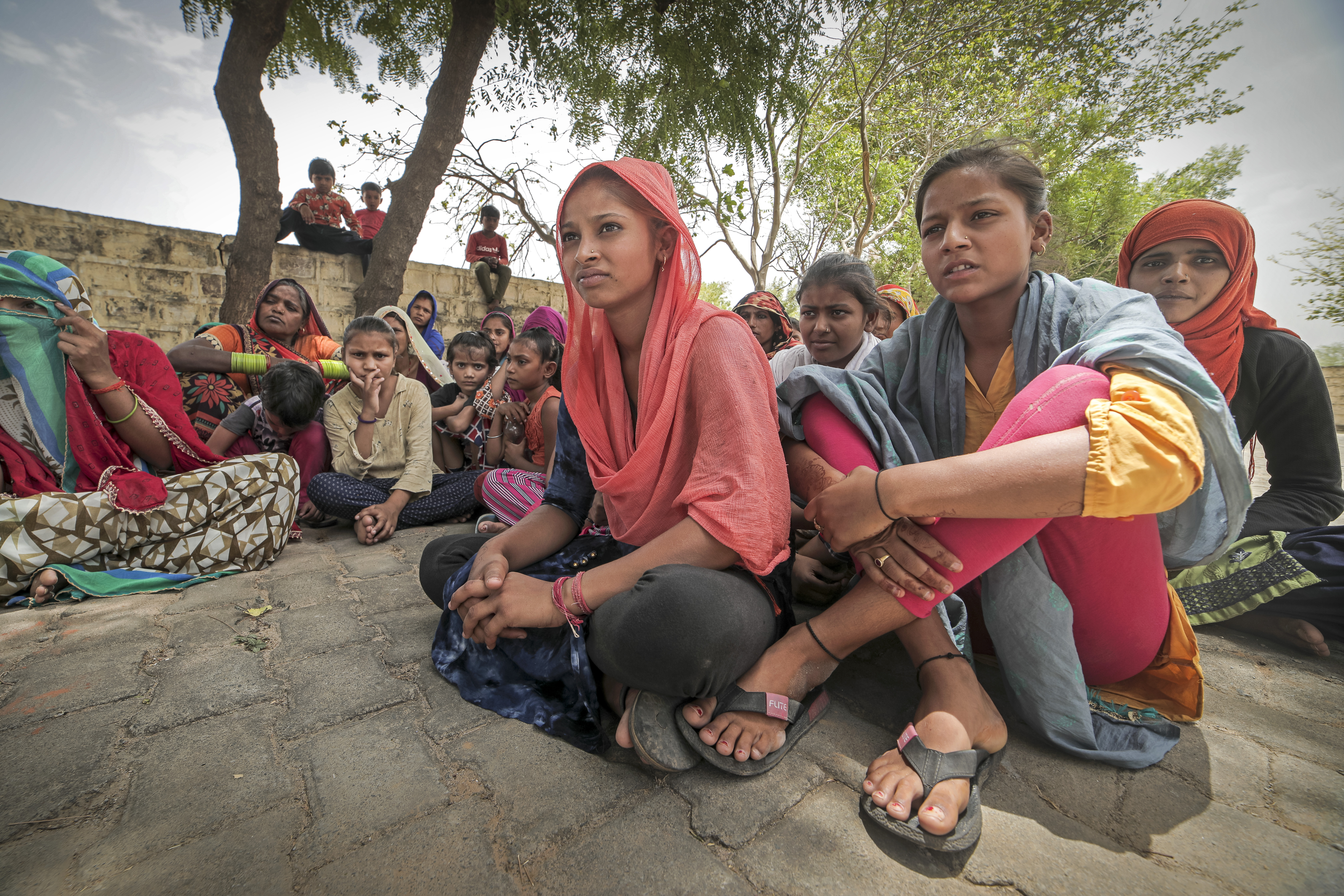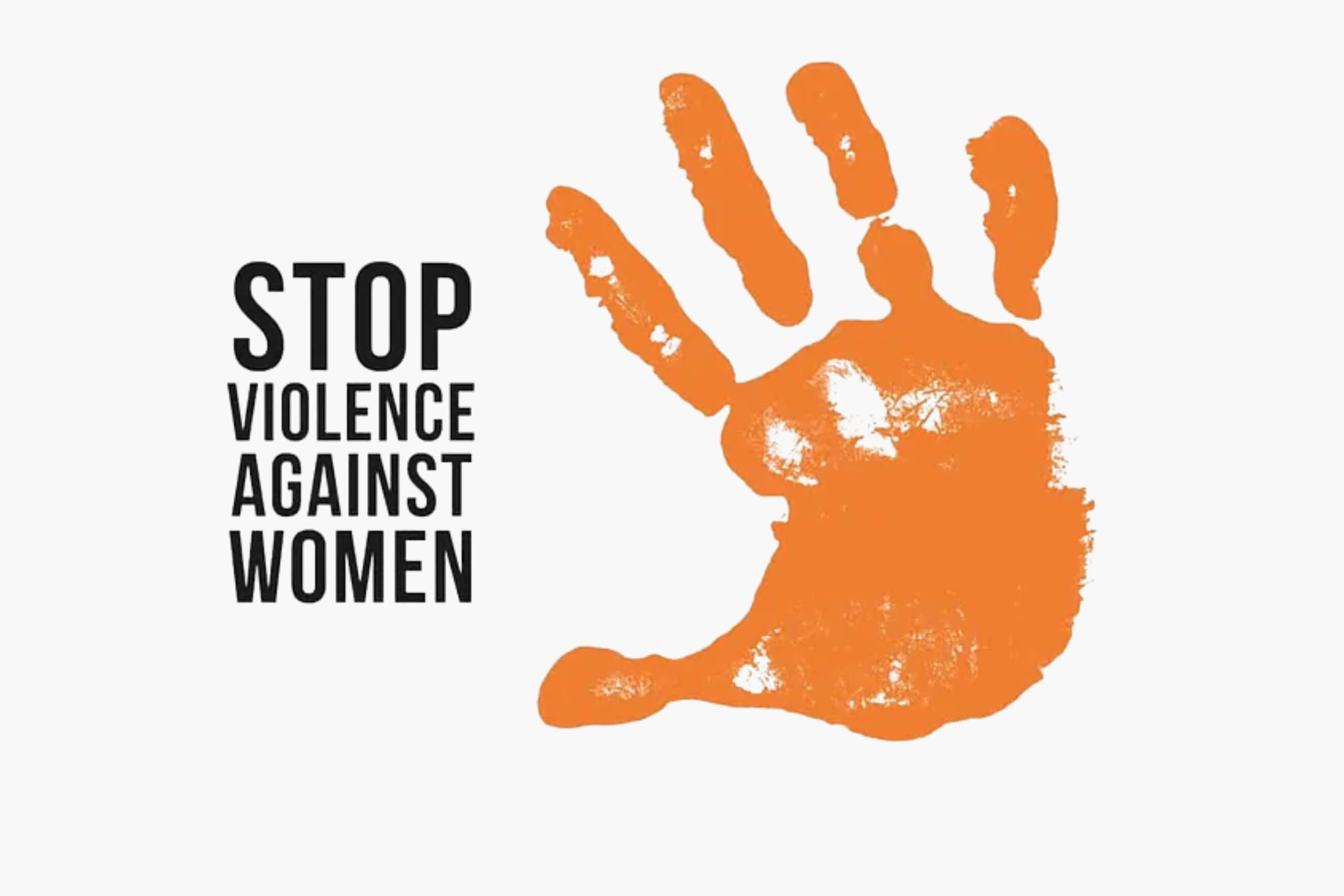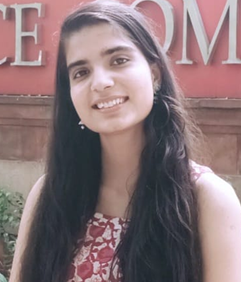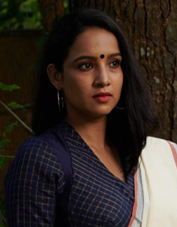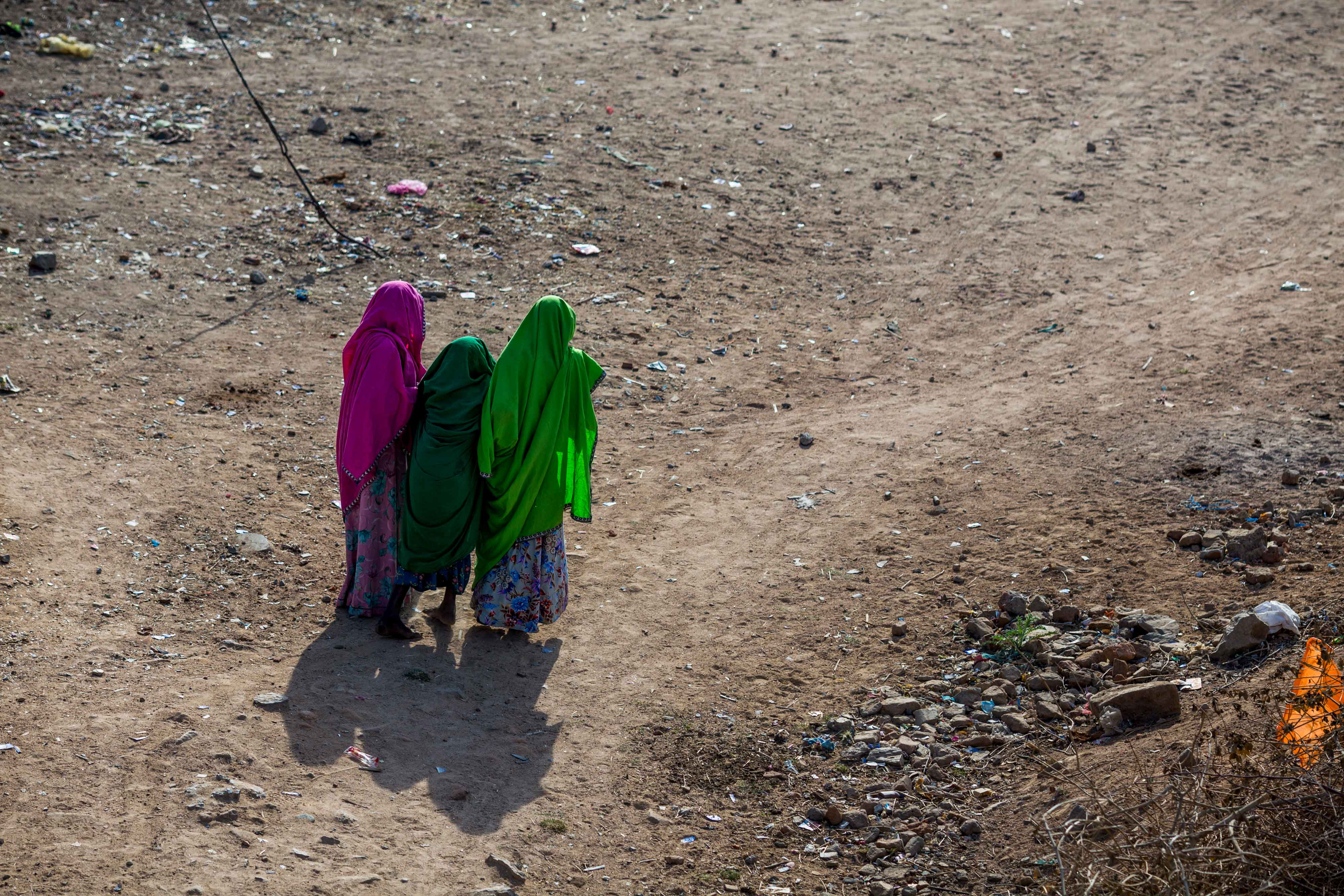
SDG 5- A Crosscutting Goal
6 in 10 women are subjected to violence, that’s a fact, globally. This means that these households are engulfed by violence, inequality, lack of means and dependence on men to become stable and secure. Women around the world continue to face issues with education, social and economic independence, resulting which the whole ecosystem of growth and development falls apart for the impacted nations at large. The GDP is affected due to disproportionate amounts of budget going to controlling and mending consequences of violence on physical, mental, and financial status of women. Ramifications of ingrained patriarchal social systems have been deeper and magnanimous and with pandemic hitting the globe, we have seen GBV (gender-based violence) only getting intensified with a figure of 1 in every 3 women being subjected to many forms of violence. It left us with the option rather opportunity of driving the change by shifting focus to the most to most ignored and affected section of the society.
Have you visited a household in a village, city, or an urban slum? You will find power, opportunity, and security with men, not women. If a house can afford education and means for one child, they will choose the boy of the family over the girl. 10 million girls will be at risk of child marriage over next decade due to covid-19 pandemic. Women and young girls are disproportionately affected around the world. The only make or break of the status quo that we have learnt time and again is rising of the girl power that gives our society a hope strong future and an equal world. It will put an end to other crisis have grown exponentially due to no or lack of participation from women and girls, leaving half the sky caged and affected, that’s world’s half the talent and excellence untapped.
With the inception of Millennium Development Goals, we saw a significant attention paid by governments, international and national regulatory and public rights bodies paying attention to wellbeing of women and young girls. However, the relation between gender equity and overall growth of communities, environmentally and fiscally, got much clearer with emergence of Sustainable
Development Goals. The Girl Effect Theory has been remarkable in the journey of establishing SDG 5 as crosscutting goal across all other SDGs. SDG 5 aims to eliminate all forms of discrimination and violence against women in the public and private spheres and to undertake reforms to give women equal rights to economic resources and access to ownership of property. And we have seen how this clause has got women its due place of action in various national and international decision-making, policy-making bodies. Women have stepped in national parliaments, local governments, and managerial positions. It has ensured women’s full and effective participation and equal opportunities for leadership at all levels of decision-making in political, economic, and public life. As a result of the theory in action, when women are educated, they starting to have means of livelihood which has contributed to starting to end poverty, systems of discrimination, equal participation from all gender, innovation and putting an end to cycle of suppression and inaccessibility to opportunities.
When one woman was empowered, she was able to step out of violence and gave same education and power to her children. That’s exactly where SDG-5 has been instrumental in collecting millions of women change-makers from all walks of life over the globe which has evoked women-led movements who became solely responsible for ending poverty, systems of apartheid and compounding factors of discrimination and slow economy. The shift in this focus to creating gender equity has created warriors as such Leymah Gbowee, Malala and Greta Thunberg who have been global faces for freedom, non- violence, and climate crisis. We can only try to imagine the impact of these women-led movements on girls and women around the world. With great support from organizations like Global fund for women, UN Women, and women’s rights collectives, we have seen the emerging power of solidarity by people of all gender across the globe. And persistent need for focus on intersectionality has covered all gaps of habituated forms of discrimination that has left our world rather potentially unused in all spectrums, entwined in social constructs that create wastage of human resources and time by inflicting forced and complicated systems of gender-based violence. There is hope for sustainable change as we thrive to act as intersectional feminist rights activists and agents of change.
Thematic Areas
- All Resources
- Climate Change
- Education & 21st Century Skills
- Health
- Livelihood & Employability
- Nutrition
Recent Blogs
June 19, 2024, Shreya Chowdhury
May 29, 2023, Shreya Chowdhury
December 10 2022, Chhavi Goyal

